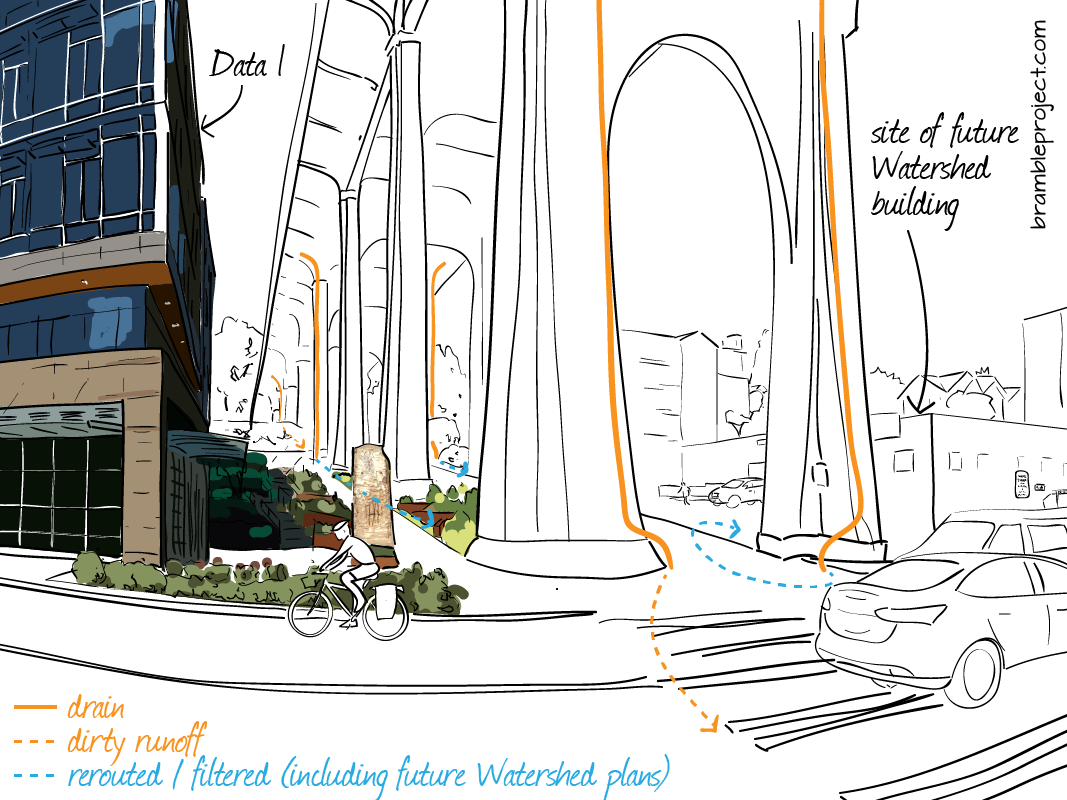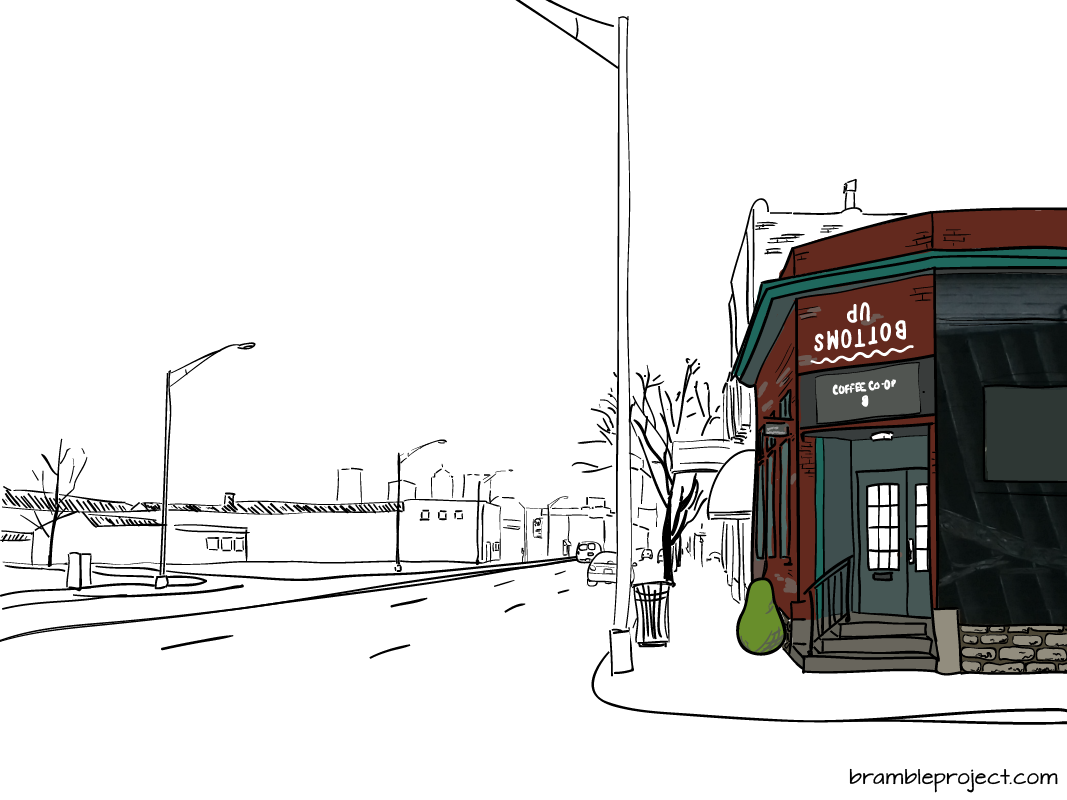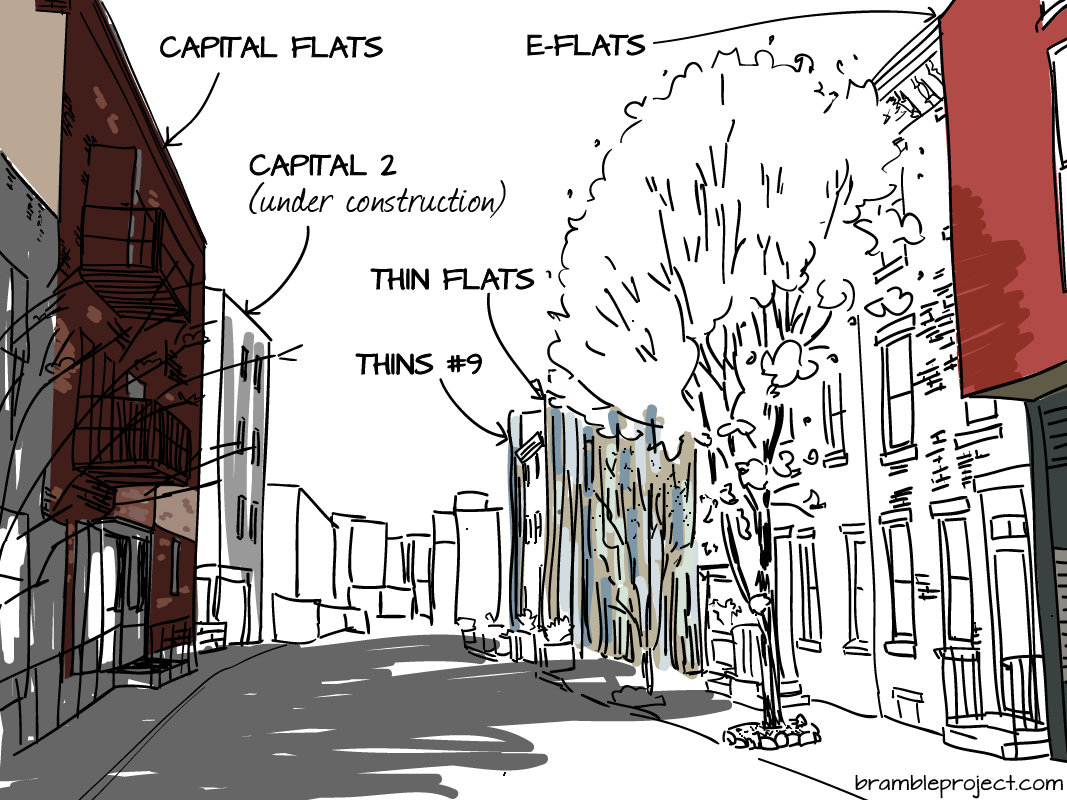Category: Developers
-
Authenticity
This is one of two essays that I wrote in Charles Mudede’s Writing the City class at the Hugo House in 2018. I was more afraid of making my truths public back then, and didn’t know what to do with it once I’d written it. I’m finally publishing it here, without edits, in late 2021,…
-

Helping out Salmon in Fremont, Seattle, WA
Why would developers voluntarily clean up icky runoff from the Aurora Bridge? In Fremont, a block uphill from Seattle’s ship canal, construction is wrapping up on a glassy office building. An unassuming, newly landscaped terrace flanks the building. The Aurora Bridge soars above the terrace, carrying cars over the canal. Along the canal, boats dot…
-
How to encourage collaborative development, organically
I’m cross-posting this older essay here so that you can find all of my writing in one place. Please visit Crosscut to read the full essay. Neighborhood development is fascinating work. The people who choose to spend their lives making places for people can be motivated by many factors beyond simple financial advancement. Yet planning policy…


